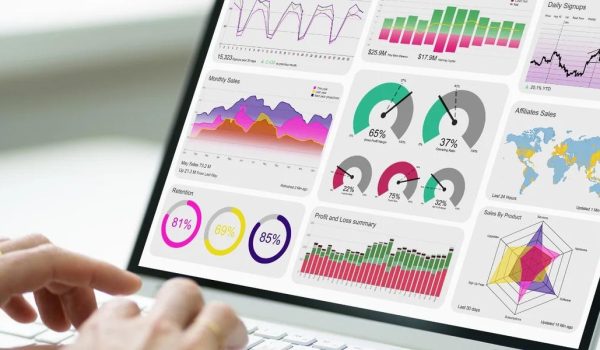
- BRSR focuses on aligning business practices with sustainability principles, specifically tailored to meet regulatory standards in India.
- GRI offers a global framework for comprehensive and standardized ESG disclosures, addressing environmental, social, and governance topics relevant to a wide range of stakeholders.
- SASB emphasizes industry-specific metrics, enabling companies to report on ESG issues that are financially material to their sector.
